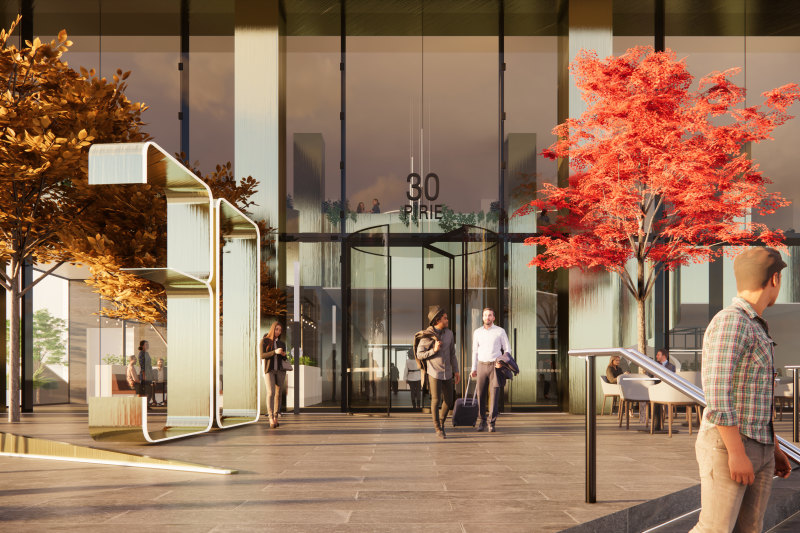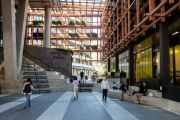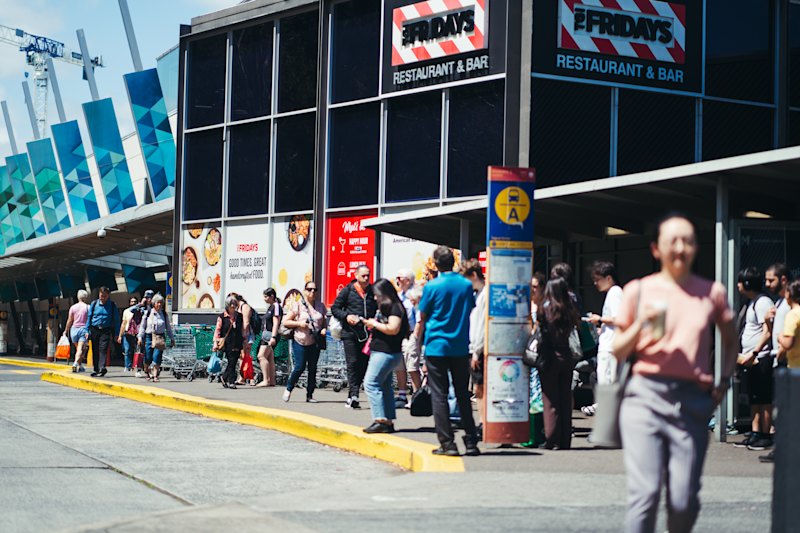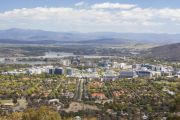
Green bank scheme to drive more non-banks into decarbonisation
The federal government’s green bank is hoping to encourage more non-bank lenders to fund the decarbonisation of commercial real estate after partnering with MaxCap on a new mandate that provides loans for the retrofitting of offices, malls and hotels.
The Clean Energy Finance Corporation has committed $75 million to the scheme and chosen its first project, the refurbishment of 30 Pirie Street, an office tower in Adelaide, by new owner Quintessential Equity.
Apollo-backed MaxCap and the CEFC will co-invest $35 million each in a loan to Quintessential to fund the acquisition of the building and the $30 million needed to lift the 24,078 square metre tower to a five-star base building energy rating under the National Australian Built Environment Rating System (NABERS).

Five-star is the second-highest rating under this NABERS measure, implying “superior performance”.
Quintessential paid $73 million last year for the 1987-built Adelaide office tower, which is primed for refurbishment after its anchor tenant Telstra departed for Charter Hall’s new 60 King William Street tower.
Through its tie-up with MaxCap, CEFC head of property Michael Di Russo said, the federal government’s green bank hoped to drive more participation from the non-bank sector in these sorts of retrofit and decarbonisation opportunities to complement rising appetite from the banking sector.
“The non-bank sector is a big part of the [lending] market,” Mr Di Russo told The Australian Financial Review.
Under the CEFC mandate, MaxCap will originate, execute and manage a portfolio of real estate loans, with the aim of attracting further institutional capital to invest in the sustainable refurbishment of commercial buildings.
Bringing other non-bank and other institutional investors onboard, Mr Di Russo said, would bring scale and leverage to the CEFC’s decarbonisation strategy in the commercial real estate market,
Commercial buildings in urban centres, suburbs and regional towns account for around half of the nation’s building stock, but many are in dire need of energy efficiency upgrades as Australia works to achieve carbon-neutral status by 2050.
Its latest non-bank-focused mandate is part of a raft of direct and indirect programs launched by the CEFC to reduce carbon emissions across commercial property.
In 2021, the CEFC provided a $30 million loan to Forza Capital to acquire and refurbish a 25-year-old Brisbane office building – 200 Creek Street – and cut its carbon emissions by as much as 55 per cent. It also has a $300 million program to encourage mass timber construction across the property sector.
Its new mandate will provide senior debt finance for building owners seeking to improve sustainability performance of low-rated commercial office, retail and hospitality assets through repositioning and upgrade works that reduce operational emissions by at least 30 per cent
MaxCap will invest through its MaxCap Investment Trust, its flagship debt fund vehicle.
“A green strategy can achieve both sustainability and commercial outcomes for investors and MaxCap is committed to this strategy for the long term,” MaxCap executive chairman Wayne Lasky said.
Quintessential’s plans for the 23-level Adelaide tower include upgrading building management systems and controls, the installation of solar panels and new energy monitoring systems, and upgrades of lighting to LED.
“The asset is targeting to achieve a significant reduction in base building energy usage,” Noah Warren, head assets at Quintessential, said.











